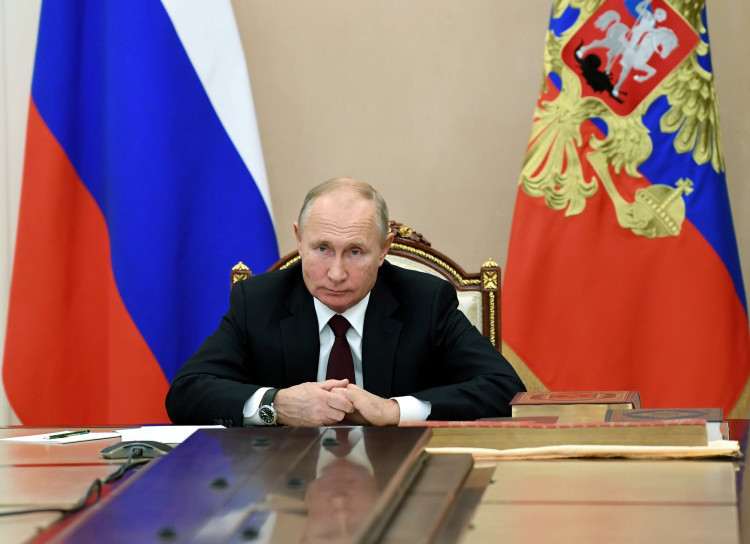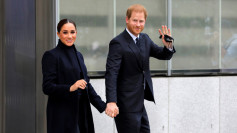Russian President Vladimir Putin has deployed a regiment of Russia's Aerospace Forces, colloquially known as "space troops," to the frontlines in the Kursk region. This unusual deployment comes as Ukrainian forces make significant territorial gains in the region, marking the first time since World War II that foreign troops have seized Russian territory.
The decision to utilize these specialized forces, typically reserved for space-related operations, has baffled many in Russia. According to a report from the independent outlet Important Stories, this regiment was hastily redeployed to Kursk in an attempt to push back the ongoing Ukrainian incursion. The unit, created earlier this year, comprises personnel from various technical backgrounds, including engineers, mechanics, and servicemen from a Russian spaceport. It also includes staff from radar stations in the Voronezh region who were previously responsible for manning Russia's nuclear deterrent.
The rapid deployment of such a non-combat-oriented unit underscores the severity of the situation for Russia. The Fighterbomber Telegram channel, which is closely linked to the Russian Aerospace Forces, expressed confusion over the decision, questioning the effectiveness of deploying a regiment with limited combat capabilities. "I have no idea why they call themselves motorized riflemen, if there is no sign of any motorized rifles there," the channel noted, adding that the troops were "begging other units for anything more serious than a Kalashnikov."
The Ukrainian incursion, which began on August 6, has seen Kyiv's forces seize control of approximately 1,250 square kilometers (482 square miles) of Russian territory and 92 settlements in the Kursk region. Ukrainian President Volodymyr Zelensky confirmed the extent of these gains on Monday, highlighting the significant scale of the offensive. The speed and success of the Ukrainian advance have left Russian forces scrambling to respond, with many analysts noting that Ukraine has captured more territory in Kursk in a matter of days than Russia has in Ukraine since the start of the year.
The Institute for the Study of War (ISW) noted that the Ukrainian advance caught Russia by surprise, forcing Moscow to redeploy over 5,000 personnel from the Ukrainian front to the Kursk region. The hasty movement of these troops reflects the chaotic nature of Russia's response and the growing strain on its military resources.
Tatiana Stanovaya, a senior fellow at the Carnegie Russia Eurasia Center and founder of R.Politik, a political analysis firm, provided a sobering assessment of the situation. "It is now evident that Moscow doesn't have an effective or swift military solution to this situation," she wrote on X, formerly known as Twitter. Stanovaya suggested that the ongoing Ukrainian presence in Russian border regions could persist for months, if not years, as Moscow grapples with the dilemma of either diverting more troops from the main front or risking further unrest at home by announcing a new wave of mobilization.
Despite the deployment of the Aerospace Forces, the situation on the ground in Kursk remains precarious for Russia. The Ukrainian advance has not only demonstrated Kyiv's ability to seize the initiative but has also boosted the morale of Ukrainian forces after months of grinding battles in the eastern Donbas region. Analysts suggest that while Ukraine could attempt to consolidate its gains in Kursk, doing so would be risky given the extended supply lines and limited resources available to Kyiv.
For his part, President Putin has remained defiant, asserting that Moscow's offensive in Ukraine's northeastern Kharkiv region earlier this year was intended to create a buffer zone. However, the rapid deployment of specialized forces like the Aerospace regiment to Kursk suggests that Russia's military is stretched thin, with few options left to stem the Ukrainian advance.






